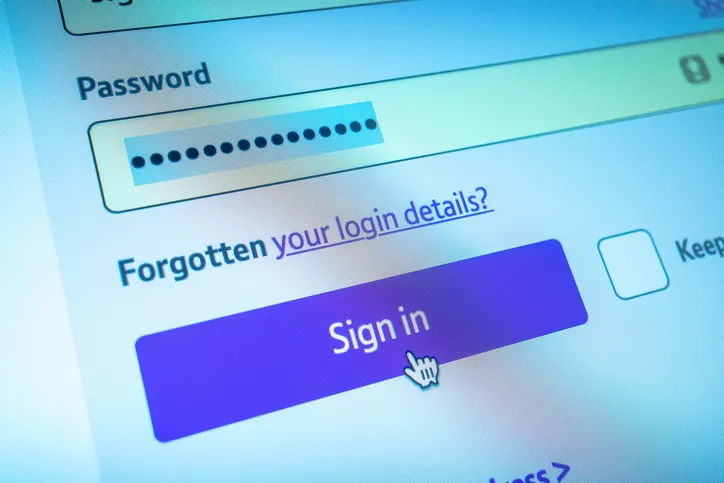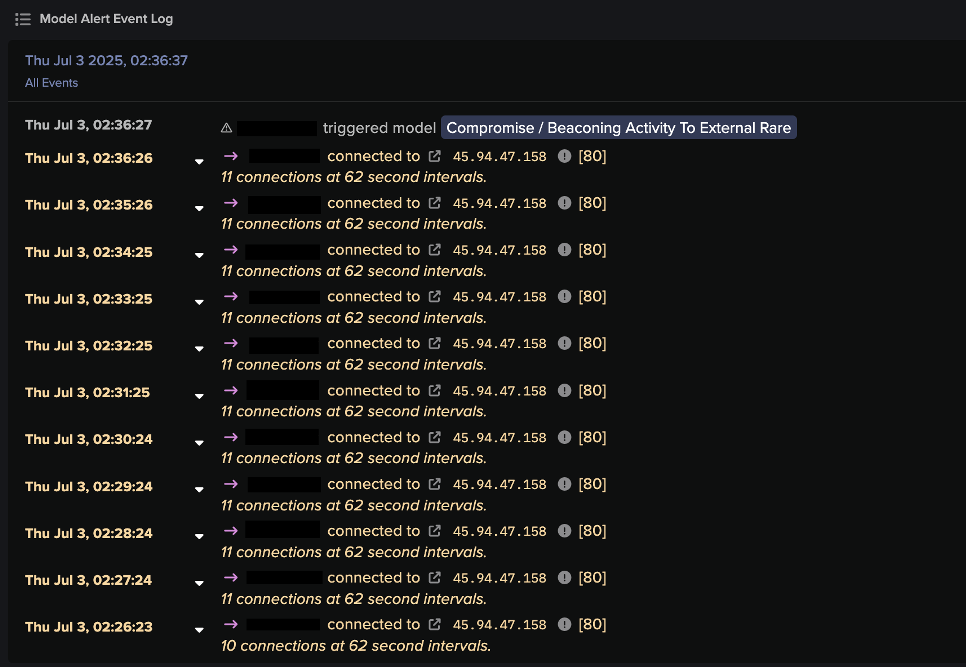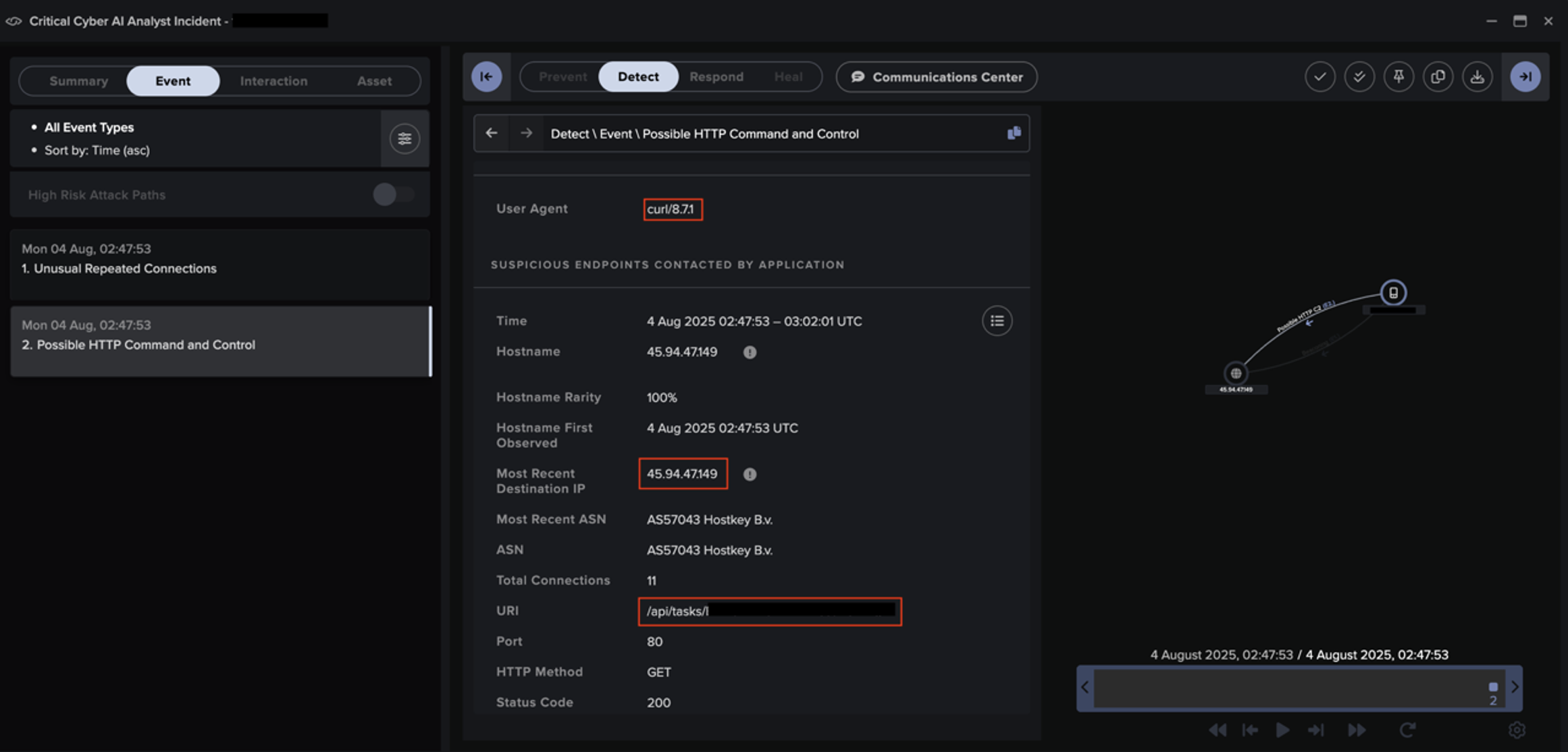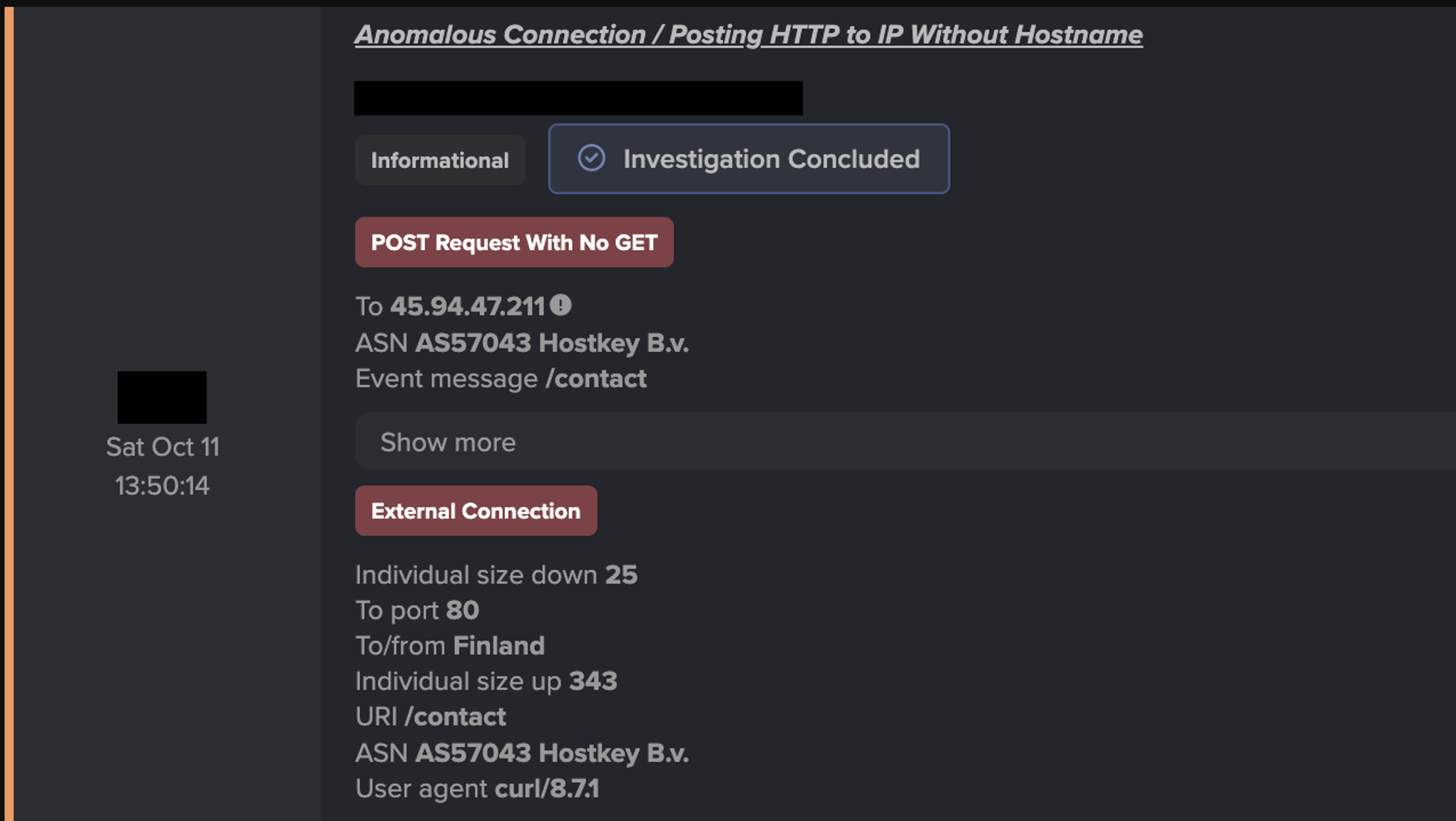The problem: Microsoft Teams phishing attacks are on the rise
Around 83% of Fortune 500 companies rely on Microsoft Office products and services1, with Microsoft Teams and Microsoft SharePoint in particular emerging as critical platforms to the business operations of the everyday workplace. Researchers across the threat landscape have begun to observe these legitimate services being leveraged more and more by malicious actors as an initial access method.
As Teams becomes a more prominent feature of the workplace many employees rely on it for daily internal and external communication, even surpassing email usage in some organizations. As Microsoft2 states, "Teams changes your relationship with email. When your whole group is working in Teams, it means you'll all get fewer emails. And you'll spend less time in your inbox, because you'll use Teams for more of your conversations."
However, Teams can be exploited to send targeted phishing messages to individuals either internally or externally, while appearing legitimate and safe. Users might receive an external message request from a Teams account claiming to be an IT support service or otherwise affiliated with the organization. Once a user has accepted, the threat actor can launch a social engineering campaign or deliver a malicious payload. As a primarily internal tool there is naturally less training and security awareness around Teams – due to the nature of the channel it is assumed to be a trusted source, meaning that social engineering is already one step ahead.
.avif)
Microsoft Teams Phishing Examples
Microsoft has identified several major phishing attacks using Teams within the past year.
In July 2023, Microsoft announced that the threat actor known as Midnight Blizzard – identified by the United States as a Russian state-sponsored group – had launched a series of phishing campaigns via Teams with the aim of stealing user credentials. These attacks used previously compromised Microsoft 365 accounts and set up new domain names that impersonated legitimate IT support organizations. The threat actors then used social engineering tactics to trick targeted users into sharing their credentials via Teams, enabling them to access sensitive data.
At a similar time, threat actor Storm-0324 was observed sending phishing lures via Teams containing links to malicious SharePoint-hosted files. The group targeted organizations that allow Teams users to interact and share files externally. Storm-0324’s goal is to gain initial access to hand over to other threat actors to pursue more dangerous follow-on attacks like ransomware.
For a more in depth look at how Darktrace stops Microsoft Teams phishing read our blog: Don’t Take the Bait: How Darktrace Keeps Microsoft Teams Phishing Attacks at Bay
The market: Existing Microsoft Teams security solutions are insufficient
Microsoft’s native Teams security focuses on payloads, namely links and attachments, as the principal malicious component of any phishing. These payloads are relatively straightforward to detect with their experience in anti-virus, sandboxing, and IOCs. However, this approach is unable to intervene before the stage at which payloads are delivered, before the user even gets the chance to accept or deny an external message request. At the same time, it risks missing more subtle threats that don’t include attachments or links – like early stage phishing, which is pure social engineering – or completely new payloads.
Equally, the market offering for Teams security is limited. Security solutions available on the market are always payload-focused, rather than taking into account the content and context in which a link or attachment is sent. Answering questions like:
- Does it make sense for these two accounts to speak to each other?
- Are there any linguistic indicators of inducement?
Furthermore, they do not correlate with email to track threats across multiple communication environments which could signal a wider campaign. Effectively, other market solutions aren’t adding extra value – they are protecting against the same types of threats that Microsoft is already covering by default.
The other aspect of Teams security that native and market solutions fail to address is the account itself. As well as focusing on Teams threats, it’s important to analyze messages to understand the normal mode of communication for a user, and spot when a user’s Teams activity might signal account takeover.
The solution: How Darktrace protects Microsoft Teams against sophisticated threats
With its biggest update to Darktrace/Email ever, Darktrace now offers support for Microsoft Teams. With that, we are bringing the same AI philosophy that protects your email and accounts to your messaging environment.
Our Self-Learning AI looks at content and context for every communication, whether that’s sent in an email or Teams message. It looks at actual user behavior, including language patterns, relationship history of sender and recipient, tone and payloads, to understand if a message poses a threat. This approach allows Darktrace to detect threats such as social engineering and payloadless attacks using visibility and forensic capabilities that Microsoft security doesn’t currently offer, as well as early symptoms of account compromise.
Unlike market solutions, Darktrace doesn’t offer a siloed approach to Teams security. Data and signals from Teams are shared across email to inform detection, and also with the wider Darktrace ActiveAI security platform. By correlating information from email and Teams with network and apps security, Darktrace is able to better identify suspicious Teams activity and vice versa.
Interested in the other ways Darktrace/Email augments threat detection? Read our latest blog on how improving the quality of end-user reporting can decrease the burden on the SOC. To find our more about Darktrace's enduring partnership with Microsoft, click here.
References
[1] Essential Microsoft Office Statistics in 2024
[2] Microsoft blog, Microsoft Teams and email, living in harmony, 2024





















.avif)
























![Autonomous Response’s suggested actions to block suspicious connectivity to IP 45.94.47[.]149 for the device within the second customer environment.](https://cdn.prod.website-files.com/626ff4d25aca2edf4325ff97/6931e3cb1ddc36af8205720b_Screenshot%202025-12-04%20at%2011.40.54%E2%80%AFAM.png)

![Cyber AI Analyst investigation finding a successful POST request to 45.94.47[.]144 for the device within the third customer environment.](https://cdn.prod.website-files.com/626ff4d25aca2edf4325ff97/6931e41d22eb7e9a3e8217d5_Screenshot%202025-12-04%20at%2011.42.15%E2%80%AFAM.png)

